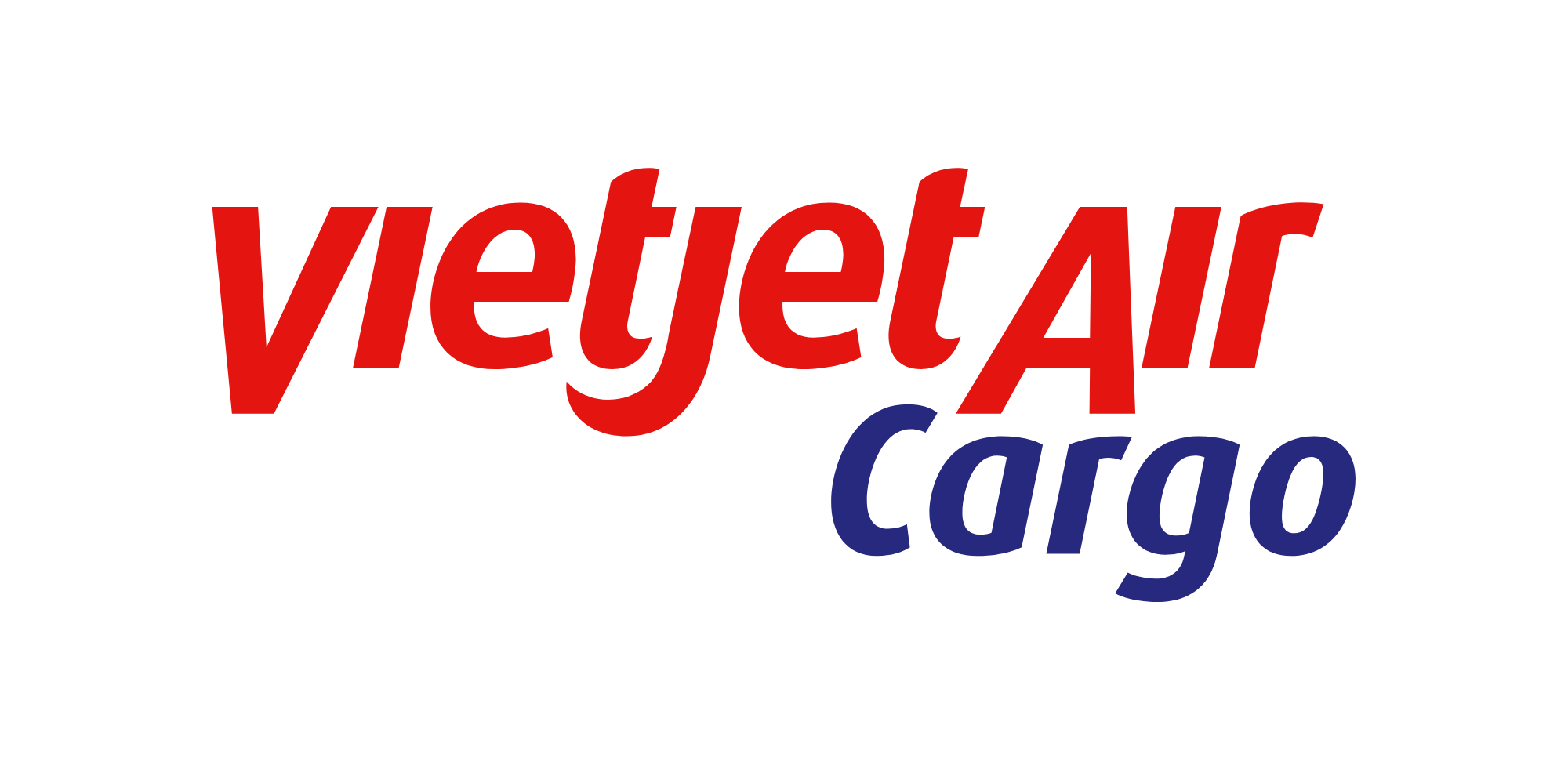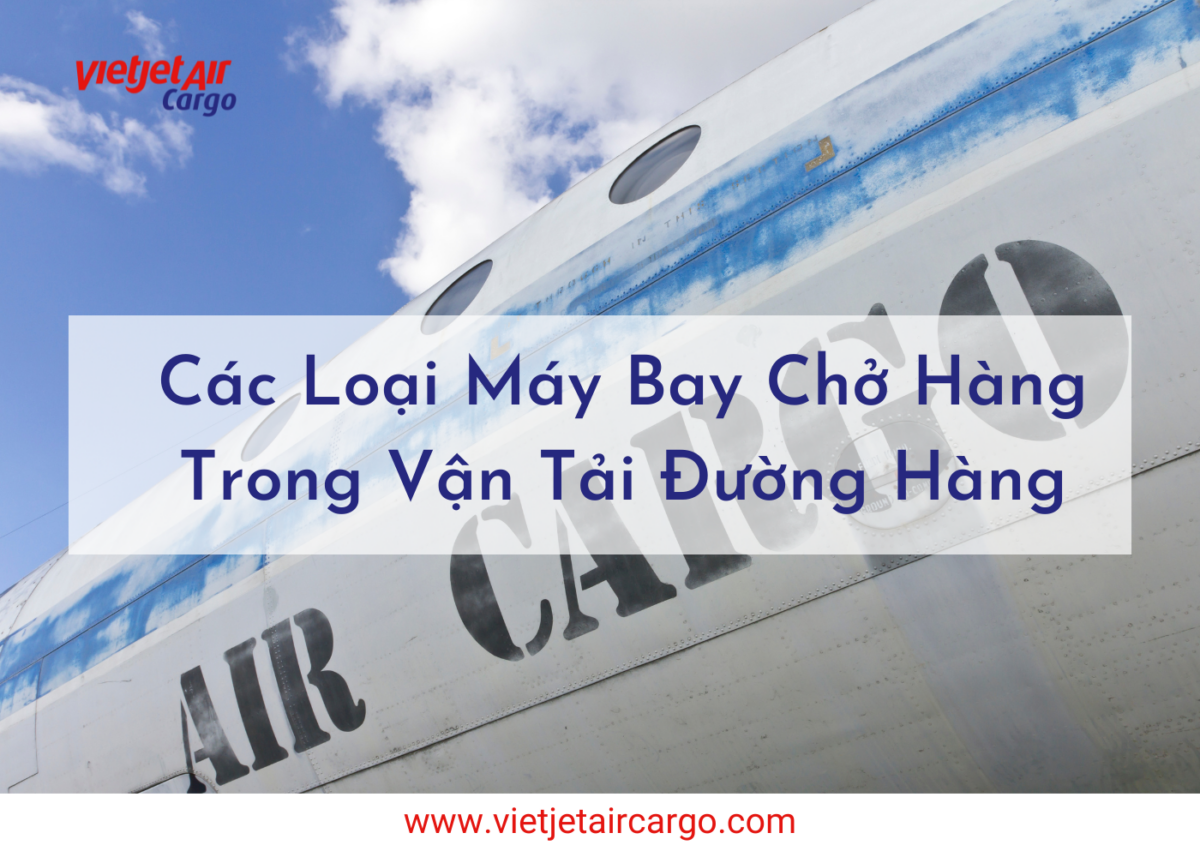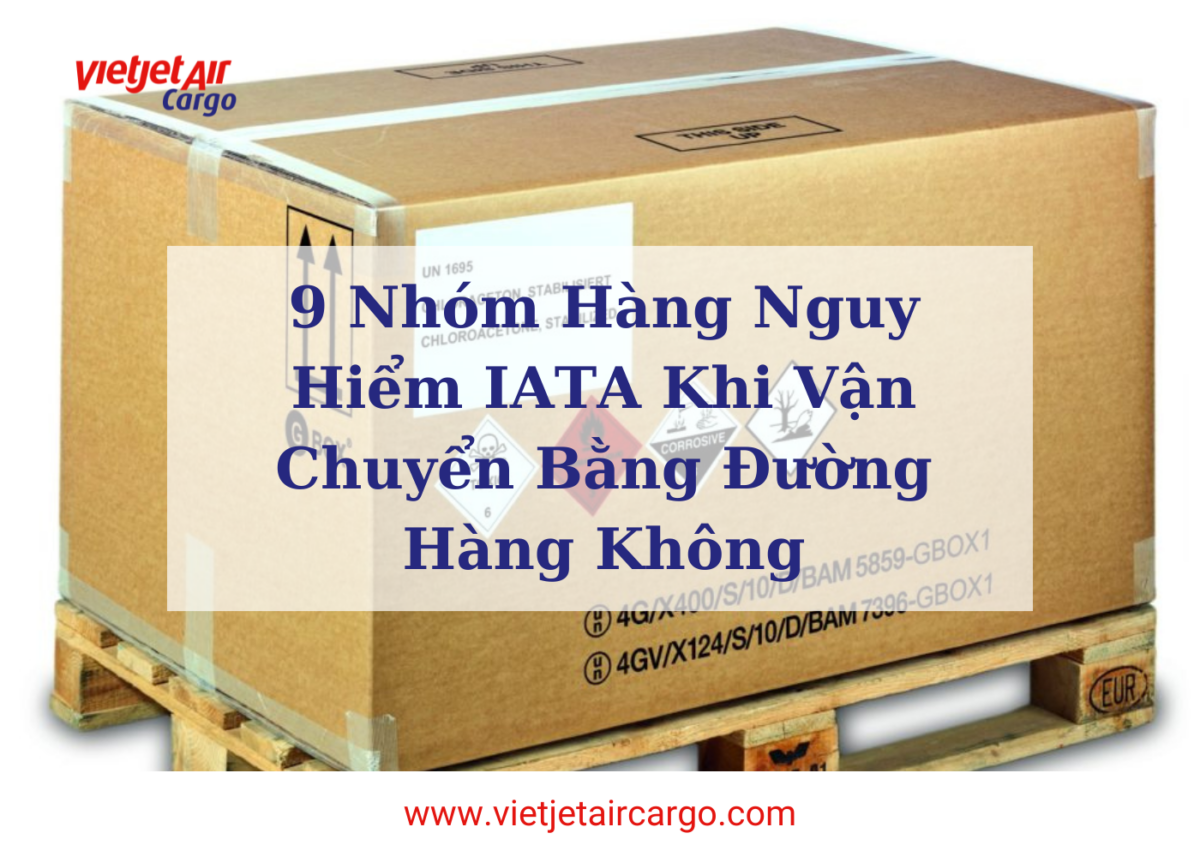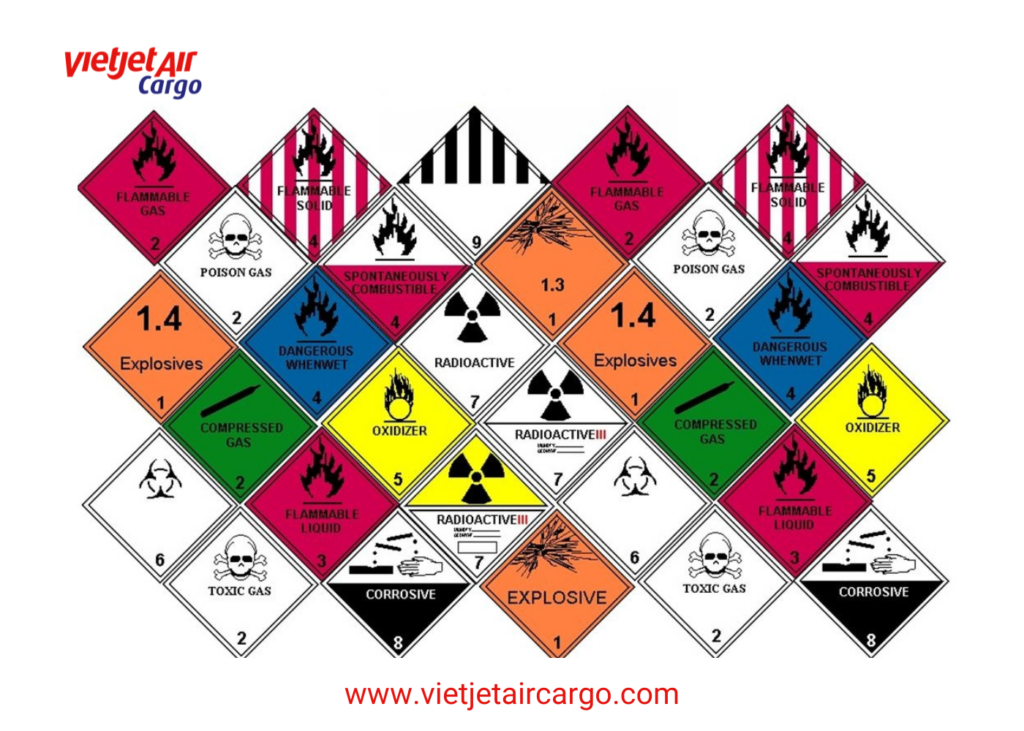Air cargo transportation plays a crucial role in global goods delivery. To meet this demand, the aviation industry has developed and utilised various types of cargo aircraft. In this article, Vietjet Air Cargo will help you explore popular types of cargo aircraft used in air cargo transportation today.
Passenger Aircraft/Passenger Flight (PAX)
Passenger aircraft, also known as PAX aircraft, are versatile planes capable of transporting both passengers and cargo. They provide a flexible solution for airlines, catering to the transportation of goods alongside passenger flights.
PAX aircraft are designed to accommodate passengers in passenger cabins equipped with seats, baggage space, and passenger amenities. However, besides carrying passengers, they also have the capability to transport cargo in the cargo compartments or additional cargo compartments.
Advantages and disadvantages of PAX aircraft
Airlines often utilise empty space on passenger flights to transport commercial cargo, optimising resource utilisation and generating additional income from flights. Cargo is packaged and loaded into dedicated containers, pallets, or nylon bags, which are then arranged in the cargo compartments or additional cargo compartments.
PAX aircraft are commonly used for flights that require swift cargo delivery or medium-haul flights with moderate cargo needs. However, due to limited cargo space compared to dedicated cargo aircraft, they may not meet the requirements for large-scale cargo transportation.
Freighter (F)/Cargo Aircraft Only (CAO)
Freighter or Cargo Aircraft Only (CAO) refers to aircraft specifically designed for cargo transportation. They lack passenger facilities such as passenger cabins and focus on optimising cargo storage space.
Cargo aircraft have different designs compared to passenger aircraft. Instead of passenger cabins, they are equipped with spacious cargo holds and specialised systems for cargo transport. The cargo holds are designed with pallet and container systems, along with cargo loading and unloading equipment to enhance cargo capacity and transportation efficiency.
Advantages and disadvantages of cargo aircraft
Cargo aircraft have the ability to transport large and diverse cargo. They can handle various types of goods, including parcels, mail, electronics, consumer goods, and even valuable and sensitive cargo.
Cargo aircraft are primarily operated by cargo airlines or logistics companies. They ensure the transportation of goods on cargo routes, provide express delivery services, support global supply chains, and facilitate international trade.
Popular types of cargo aircraft include the Boeing 747 Freighter, Boeing 777F, Airbus A330F, and Airbus A380F. These aircraft are designed with cargo-carrying capabilities throughout the entire aircraft, providing spacious cargo areas and high transport efficiency.
Air Cargo Charter (Charter)
Air cargo charter, also known as air cargo charter, is a service that organises cargo transportation based on specific customer requirements. In a charter flight, an entire aircraft or a portion of an aircraft is hired or booked according to individual needs, allowing for cargo transportation without adhering to regular flight schedules.
Charter flights offer absolute flexibility for customers in cargo transportation. Customers can adjust the itinerary, choose departure and destination points, as well as select the appropriate aircraft and cargo capacity according to their requirements.
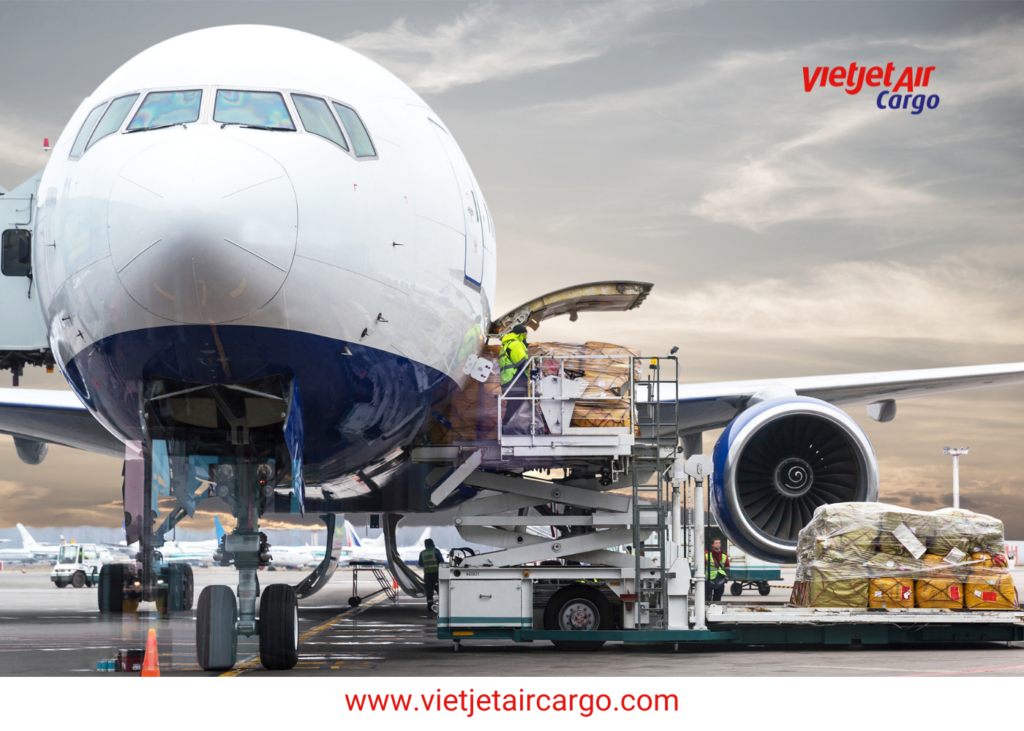
Charter flight services are commonly used in the following cases:
Oversized cargo
When cargo is too large or heavy to be transported by conventional means, charter flights provide an optimal solution to meet transportation needs.
Valuable and sensitive cargo
When cargo has high value or requires special conditions for transportation, such as medical supplies, electronics, or temperature-sensitive goods, charter flights ensure safety and quality throughout the transportation process.
Urgency and shortage
In urgent situations or when there is a need for expedited cargo transportation, charter flights offer speed and flexibility to meet time-sensitive transportation demands.
In charter flights, customers can choose the appropriate aircraft type based on their requirements, including passenger aircraft capable of carrying cargo and dedicated cargo aircraft. This ensures efficient and safe transportation of goods.
Some aircraft provide charter flight services
Airbus A330
The Airbus A330 is a passenger transport aircraft with the capability to carry cargo. With its versatile design, it offers ample cargo storage space and can be used to transport various types of goods.
Airbus A350
The Airbus A350 is a modern and fuel-efficient aircraft primarily used in passenger services. However, some versions of the A350 also have the ability to transport cargo. With flexible cargo arrangement options, it can meet special cargo transportation needs.
Boeing 777
The Boeing 777 is one of the most popular aircraft in the passenger transport industry, but it can also be used for cargo transportation. With a flexible cargo hold design and spacious interior, the Boeing 777 can accommodate a large volume of cargo and meet medium to long-haul cargo transportation requirements.
Boeing 787
The Boeing 787, also known as the Dreamliner, is a versatile wide-body aircraft. In addition to passenger transport, versions of the Boeing 787 can be configured for cargo transportation. With flexible cargo holds and fuel efficiency, it provides efficiency and performance in cargo transport.
Contact Vietjet Air Cargo for the appropriate cargo transportation option.
Contact Vietjet Air Cargo today to learn more about their cargo transportation services and choose the suitable option for your needs. With a professional team and experience in the aviation cargo industry, Vietjet Air Cargo will meet your specific requirements and ensure safe, fast, and efficient cargo transportation.
To contact Vietjet Air Cargo, you can visit their official website or use the following contact information:
Phone: 1900 633 666
Email: cs@vietjetaircargo.com
Pick up the phone or send an email today to learn more and start your cargo transportation process with Vietjet Air Cargo.
